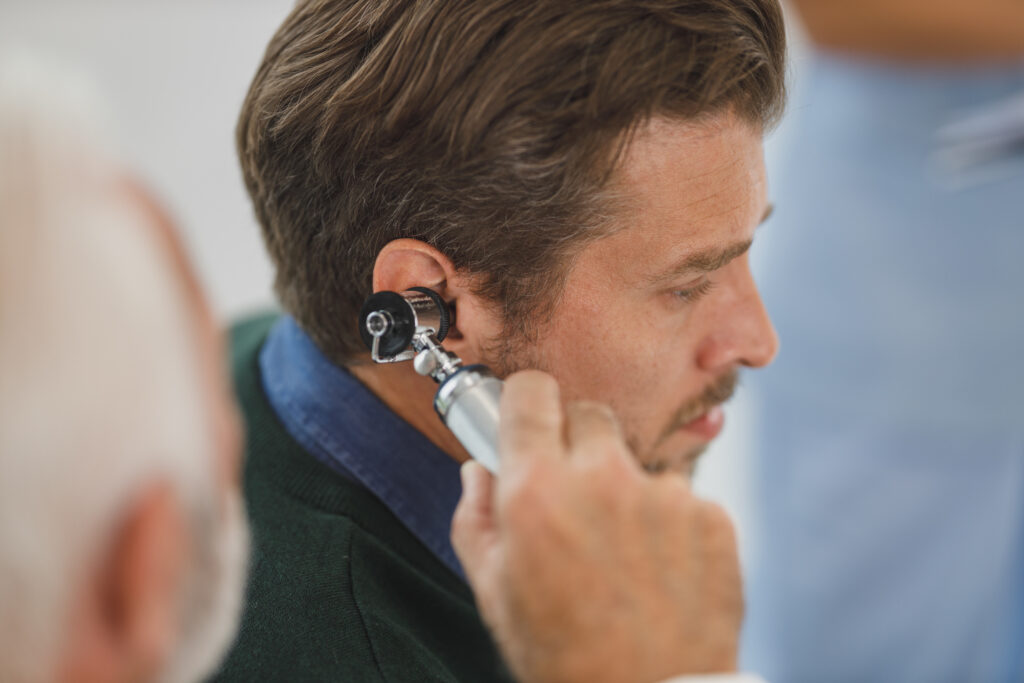This article is written based on an email interview with Mr Chris Teo, CEO of Mednefits.
Automation seems to be all the rage nowadays; seeing implementations in a wide spectrum of industries. However, you’d never have thunk that automation could be the answer to one of the most pervasive issues that beleaguer companies – employee medical benefits. The current norm in administering medical benefits is through costly insurance plans which not only cover hospitalisation but also outpatient treatment. These plans can cause some undue financial strain on the company.
That said, automating the process through bridging companies and outpatient providers such as neighbourhood clinics could be the rosetta stone to solving the conundrum. With platforms like Mednefits, neighbourhood clinics and other smaller outpatient health providers can be linked directly to companies for the administration of these benefits. Platforms of the same creed allow companies to link directly with outpatient providers to better administer and optimise their spending for employee health benefits.

It may seem like we’ve gone a little too far into administering health benefits, but these platforms aren’t just about automating the administration thereof. They also allow clinics and outpatient providers to automate their own in-house administration processes. They will also empower these providers to adopt more current technologies in their day to day processes. Processes such as patient records and administration can be automated and digitized allowing them to focus on what matters – patient care. The hours spent on patient administration is also minimised with the implementation of automated registration. In addition, even when it comes to patient care, doctors can focus on treating the patient with automated voice notes.
In a system that has been ravaged by the current COVID-19 pandemic, the implementation of automation technologies can actually be a boon for the medical arena – even in neighbourhood clinics. Using things like artificial intelligence (A.I.) to help with analysing, recording and even consolidating patient data into actionable insights. According to Chris Teo, CEO of Mednefits, “Prioritising digitalisation for tasks that can be automated gives more time for healthcare workers to put patients first.” It may seem like a wide sweeping statement, but when the majority of menial tasks have been automated, doctors running neighbourhood clinics can spend less time administrating their business and focus on delivering effective care to their patients.

How then do companies benefit? With platforms like Mednefits, human resource departments need not engage insurance companies. Instead, they deal with a pay per use system which allows them to pay according to employee usage. These platforms provide a more seamless experience when it comes to employee benefits. The need for long lists of panel clinics is eliminated through the use of the Mednefits app which automatically highlights nearby panel clinics when employees need to get an MC or doctor’s note. A simple click of an icon for all the information at their fingertips. Co-pay arrangements can also be eliminated.
That said, when it comes to implementing such automation systems, the issue of data privacy naturally comes up. In a world where it seems like we’re facing a data breach on a weekly basis, access to personal data – in this case, patient data – is a valid concern. However, according to Mr Teo, the digitization data of patient data can be isolated from platforms like Mednefits. In fact, he stresses that while the platform does bridge the gap between outpatient healthcare providers, it doesn’t give companies access to sensitive patient data. Companies will only be able to track items such as claims made at these outpatient facilities. That said, this doesn’t discount the need on both company and provider’s ends to properly ascertain that their data is protected.
Essentially, platforms like Mednefits aim to not only give companies better control of their spending when it comes to healthcare benefits for their employees. They aim to help streamline the process for both companies and outpatient healthcare providers to allow them to focus on building their respective businesses. That said, eliminating a costly middleman when it comes to healthcare also makes it more accessible to the masses. As such, automating and optimising is a seemingly win-win-win situation. As Mr Teo puts it, “By streamlining and automating the administration work in the provision, costs can be reduced while improving the patient experience as well as the reducing the employer’s workload.”
